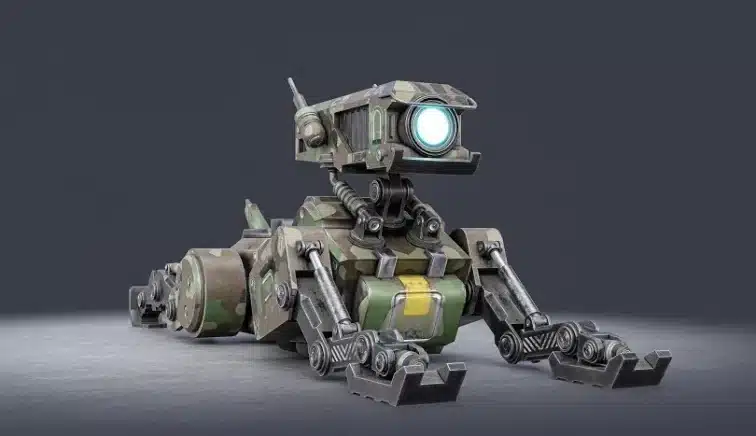Most people love pets, but the responsibilities of owning one often act as major deterrents. Technology has come up with the ideal solution – robot pets. Armed with artificial intelligence (AI), robot pets make for adorable companions that simulate the behaviour of regular pets – some more effectively than others.
Since their inception in the early 1990s, robot pets have increasingly become more sophisticated, helping innumerable people across the world battle loneliness, depression and cognitive disorders. Studies show that robotic animals are perfect companions for people with dementia. Tech-enabled pets also teach children vital lessons in emotional attachment and empathy, say researchers.
As robotics startups continue to roll out smarter robot pets – dogs that bark, cats that purr, seals that bond emotionally – healthcare experts are looking at ways in which they can help improve one’s mental and physical health. Here’s our pick of the top five robot pets that are revolutionising the emerging industry:
Aibo
Since the first Aibo was released in 1998, the robotic pet canine created by Sony has undergone some major transformations to become the highly interactive robot that it is today. The AI-powered pet puppy can learn and interact with its owner and surroundings in astounding ways, while the array of sensors, cameras and microphones allows owners to play with the pet, even remotely via smartphones.
The size of a Chihuahua, Aibo can bark and perform tricks effortlessly. What’s more, its eyes – made of organic light-emitting diode (OLED) displays – are capable of diverse expressions, responding to words of praise, ire and indifference. The latest features also enable the robot to communicate with a range of household smart appliances, such as microwave, washing machine, vacuum cleaner, etc making life easier for the pet owners.
PARO
A therapeutic robot demonstrated to be useful in the treatment of patients with dementia, Alzheimer’s, and other cognitive disorders, PARO is an advanced interactive robot looks like a seal pup. Since 2003, the robotic seal has consistently evolved its technology to provide stress-relieving therapy for people in hospitals and extended care facilities.
Powered with five sensors – tactile, light, audition, temperature and posture sensors – PARO responds intuitively to changes in the environment. The robot pet not only knows how to “play” with people, but also to mimic the charming sounds of a baby harp seal. Now, how can that fail to cheer anyone?
Leonardo
Named after Leonardo Da Vinci, this cute little puppy was the very first robot created by the high-profile team of experts from the Personal Robots Group at the Massachusetts Institute of Technology (MIT). The project was in partnership with animatronic experts at the Stan Winston Studios, the National Aeronautics and Space Administration (NASA), Toyota and the Defense Advanced Research Projects Agency (DARPA).
Covered in fake fur, Leonardo looks like a cross between a dog and a fox and is designed to build an emotional connection with its owners. However, it’s rather expressive and very ‘real’ when it comes to communication via facial and body movements. The robot pet uses its motors, sensors and cameras, along with social intelligence, to mimic human expressions and communicate effectively.
Kiki
Created by Zoetic AI “for those who can’t manage an animal pet, but want to care for and raise something just as delightful”, Kiki is essentially a desktop robot. It looks like a cute toy, but has an ever-evolving personality engine, a deep-learning programme, which allows the robot pet to adapt to its owner’s preferences. In other words, every Kiki is unique.
Armed with 16 touch sensors, four echo-cancelling microphones, and a camera to read human facial expressions, Kiki is designed to convey a gamut of emotions –from anger and surprise to fear and joy. The best part? In the tragic event of Kiki meeting with a fatal accident, the company can get it back to life by fixing its digital soul into a brand new body!
Yume Neko
Its Japanese name translates to ‘dream cat’ and that’s exactly what Yume Neko is for cat lovers, who may have a fur allergy or may lack the time to care for a real kitten. Covered in fake fur, the robot pet has tactile sensors throughout its body. So, when you pat its head, it purrs in delight. Based on the stimulus, Yume Neko blinks its eyes, moves its ears as well as opens and shuts its mouth.
As compared to the other robot pets, this lap cat has limited interactive abilities. However, it is known to be popular with children and senior citizens, perhaps because the cuddly bot meows so delightfully. Especially when you stroke its fur.

















